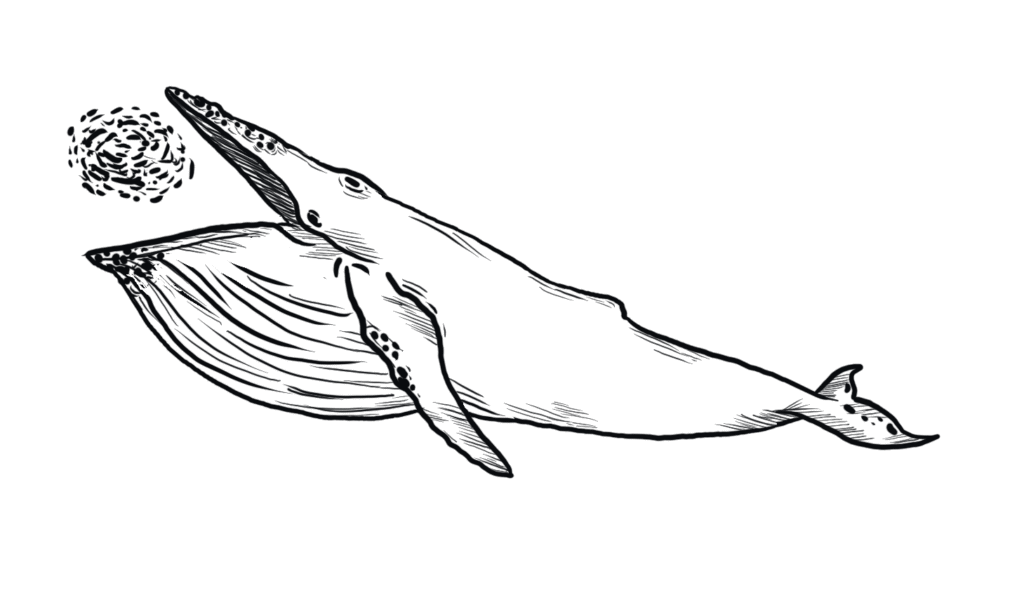Background
Humpback whales (Megaptera novaeangliae) are migratory marine mammals and seasonal feeders.
Iceland is one of the feeding grounds in the North Atlantic for humpback whales between spring and autumn.


They feed on krill and small fish that they filter through their baleen plates.
Lunge feeding is an active feeding strategy consisting of an acceleration generating a drag causing the expansion of the buccal cavity to engulf a large volume of water containing prey.
Understanding cetacean ecology and biology is an important asset in the assessment of their threats and for their conservation. However, there is limited knowledge about the resting behaviours of humpback whales, particularly within their feeding grounds.
Aims
Deploy suction cup tags on humpback whales to determine the amount of time allocated to active and resting behaviours and to identify possible patterns or influence of diel variations.